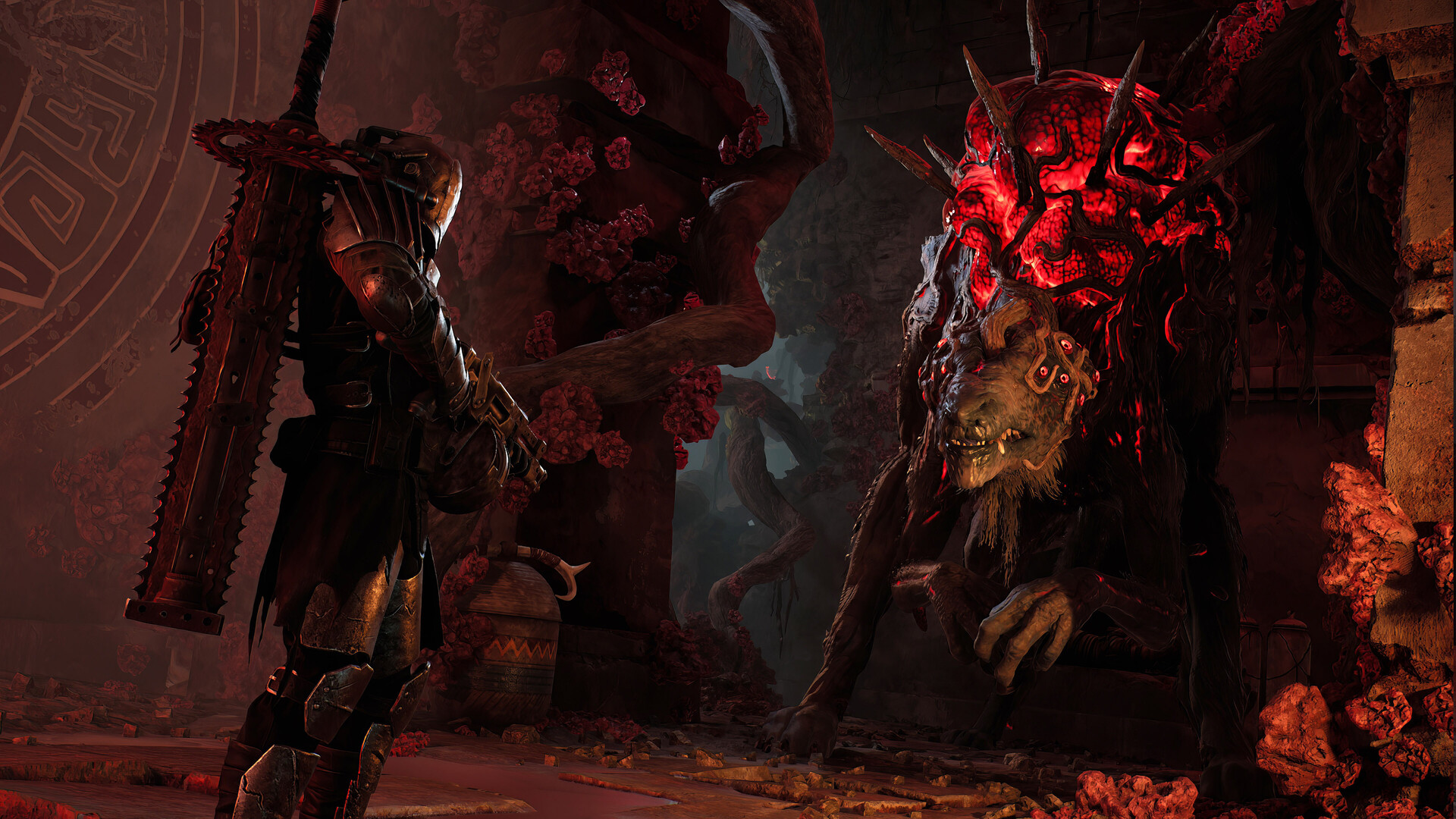
Platform reviewed: PC
Available on: PS5, Xbox Series X|S, PC
Release date: July 25, 2023
Remnant 2 is one of the most interesting games of the year.
A hybrid through-and-through, Gunfire Games has, once again, attempted to fuse the meticulous interplay of the third-person co-op looter-shooter with the ruthlessness of a Soulsborne title.
On paper, these genres should be at odds. The best looter-shooters of the world are tightly wound cycles of combat and reward, reminiscent of Diablo 4 at its best. Meanwhile, the likes of Elden Ring seek to slow the player down, and have them engage with demanding combat mechanics on the game’s own terms, forcing the player to learn the intimate intricacies of each environment and boss fight before they’re able to progress.
Remnant 2 is a bold compromise that, though flawed, has much to offer for those looking for something genuinely novel. You will not find the polished and deliberate combat of Elden Ring here, nor will you be treated to the satisfaction of a well-paced, loot-stuffed gauntlet. Rather you will find an experience that sits in the middle of these poles; sometimes uncomfortably, but always in a manner that betrays the bravery and novelty at the heart of Remnant 2.
Even from the game’s opening, Remnant 2 is ill-at-ease with itself. The game has your protagonist and an NPC friend fight and climb their way through post-apocalyptic ruins in search of a friendly settlement. A cutscene-heavy sequence plays out, more reminiscent of the opening to a Ubisoft open-world RPG than a gritty Soulsborne. The sequence establishes the setting but feels forced, playing on emotional stakes that simply don’t exist yet.
In its attempt to capture multiple genres, Remnant 2 dilutes its own flavor, presenting a compromise that, while agreeable, is too thinly stretched to be truly memorable.
Running and gunning
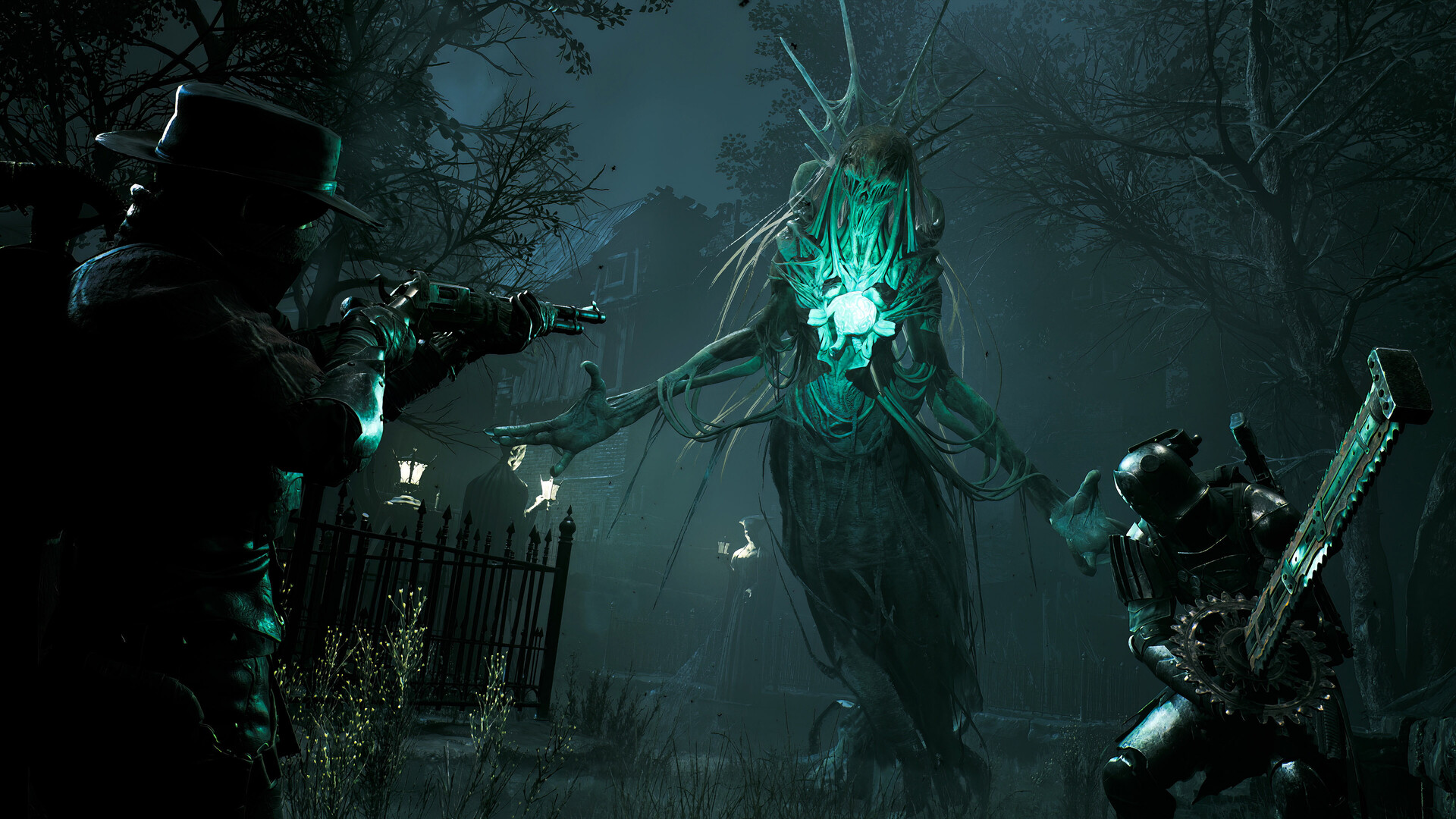
The best Soulsborne games are renowned for making their players uncomfortable. However, refining your approach after a repeated string of deaths makes for a sort of positive discomfort, not unlike stretching an itch or eating spicy food. Crisp, clear combat systems ensure that your deaths feel deserved, which, in turn, makes victories all the more satisfying.
Remnant 2 lacks this polish. For every death that feels justified, there’s another that feels arbitrary or forced. In the early game, this often comes courtesy of the tensions between the game’s attempt at building a third-person shooter that also accommodates melee interactions.
In the first level I encountered, a breathtakingly eerie forest, I was often confronted by an enemy that rolled up into a ball, allowing for a rapid charge. Dealing with these “Trundleboys” as I called them, varied wildly between being an absolute nightmare and a triviality, but never occupying the combat sweet spot.
For every death that feels justified, there’s another that feels arbitrary or forced
Should you spot a Trundleboy on the horizon, they can be neutralized with ease in what almost amounts to a Skeet Shooting minigame. However, should the Trundleboys attack from behind, or somewhere outside of your range of vision, you’ll be swiftly turned to a fine paste, punished by Remnant 2’s stun mechanics for an error that often seems unavoidable.
The sheer volume of enemies you’ll face simultaneously in Remnant 2 makes it easy for a solo player to be overwhelmed. Get snuck up on by enough Trundleboys, and no fancy dodging will save you. In fact, the game’s dodges feel cumbersome and imprecise, making it difficult to get a sense of how to use those precious I-frames.
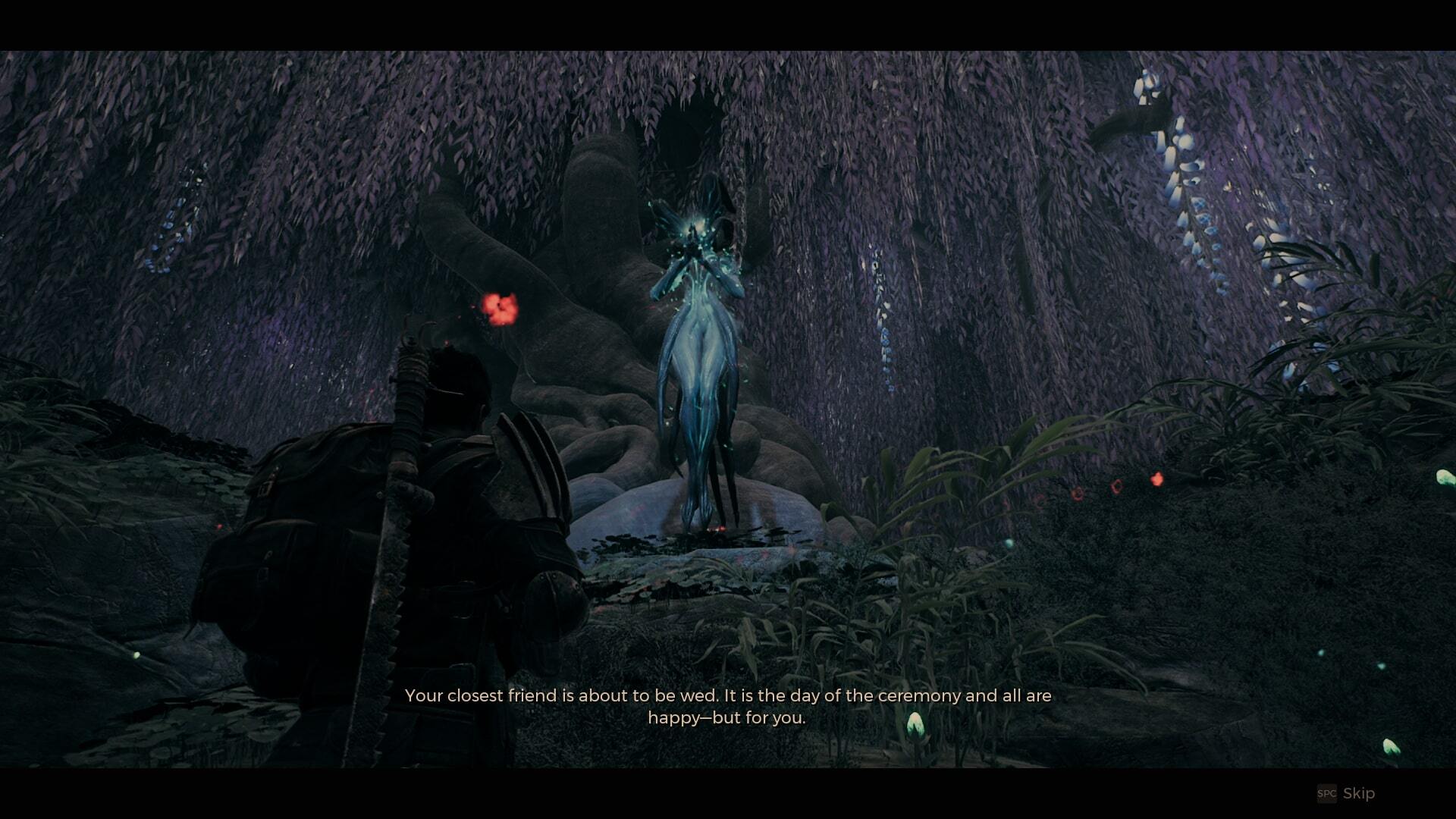
In the center of a dark forest, I encountered a mysterious creature who asked me to solve hypothetical ethical problems. The dialogue was immersive, constantly putting me on edge for fear that the wrong answer would draw the creature's anger, killing my poor character. It was a great moment, indicative of the strength of Remnant 2's setting.
Though the game does allow you to make melee attacks, the lack of a parry option is conspicuous, making close combat a far more dangerous place to be, ensuring that victory in melee often feels more subject to the whims of chance than a player’s skill.
Enemies will often spawn behind the player - a tactic easy enough to counter after you memorize the spawn locations, but which feels cheap on the first run. This feeling of cheapness does nothing but hold Remnant 2 back. Well-built Soulsborne titles are tough, but also famously fair. Thanks to awkward mechanical interactions, however, Remnant 2 is rarely both.
Boss battles, too, are erratic affairs. Though some of the engagements offer distinctive engagements, such as a particularly memorable fight with a tree monster in a drenched ruin, others are frustrating, and occasionally dispense with the mechanics that set the game apart. In one grueling battle, my team and I had to eat from a cursed banquet to start the battle, meaning that we could no longer use the game’s revival mechanics. Though we eventually triumphed, the arbitrary restrictions imposed by the encounter made our deaths feel frustrating, rather than the just result of player error.
These difficulties ensure that it is not the game’s set piece boss battles that endure in your memory, rather it is long corridors full of opportunistic foes that endure in the mind of the player.
Soulful
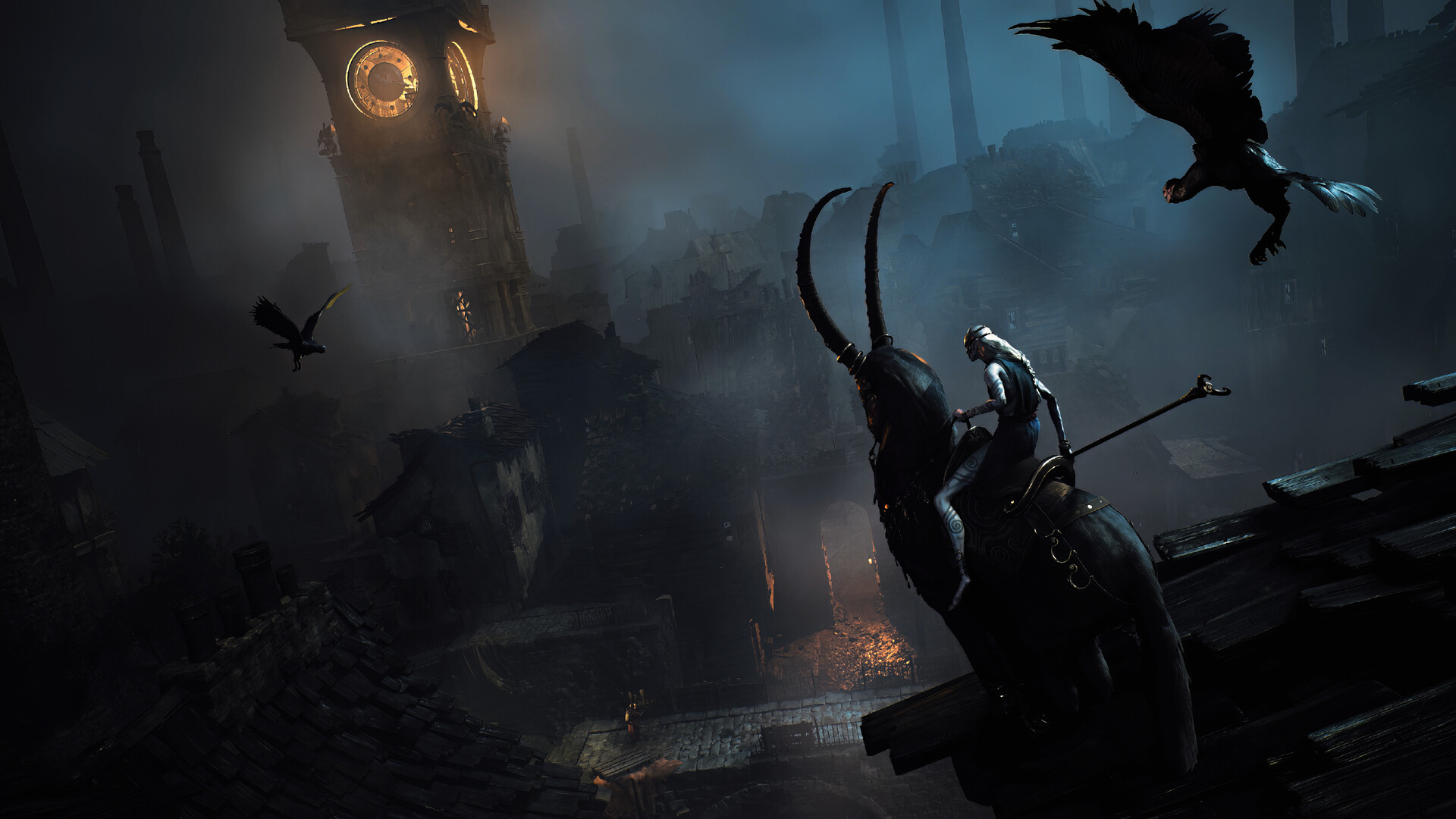
That being said, Remnant 2 also has much to offer for those who can ignore these issues.
True to form, the game’s setting is oozing with intrigue.
The premise is simple: a world-ending eldrich parasite called The Root has caused an apocalypse on Earth, thanks to the meddling of scientists who opened portals, called Worldstones, to other worlds. Two of your allies wind up pulled into the multiverse once a Worldstone reactivates. You must venture in to save them.
Though bereft of the dialogue-heavy modes of storytelling you might expect from a more traditional RPG like Final Fantasy 16, Remnant 2 tells its story with artful subtlety, refusing to waste this fruitful premise.
Each dimension is a visually rich expanse, contrasting pleasingly with its counterparts. The worlds themselves feel like a greatest hits collection of Soulsborne genre tropes, lovingly rendered with generous attention to detail. While it could be argued that the likes of Remnant 2’s ruined medieval city or deeply cursed forest are derivative, the environments are sufficiently visually appealing to make them feel like a love letter rather than an imitation. On top of that, you also explore these worlds in a random order, adding some replayability to the main campaign.
Each dimension is a visually rich expanse, contrasting pleasingly with its counterparts
You’ll also find the occasional weird Soulsborne NPC, each of whom breathe life into their environments. There are also plenty of in-game texts and lore dumps for bookworms to enjoy.
Rather than stuffing the stories of these places down your throat, Remnant 2 lets you sit with its worlds, allowing you to tease nuggets of information from the environment at your own pace. It’s impressive, and a real treat for those who enjoy a lore hunt every now and again.
Meeting halfway
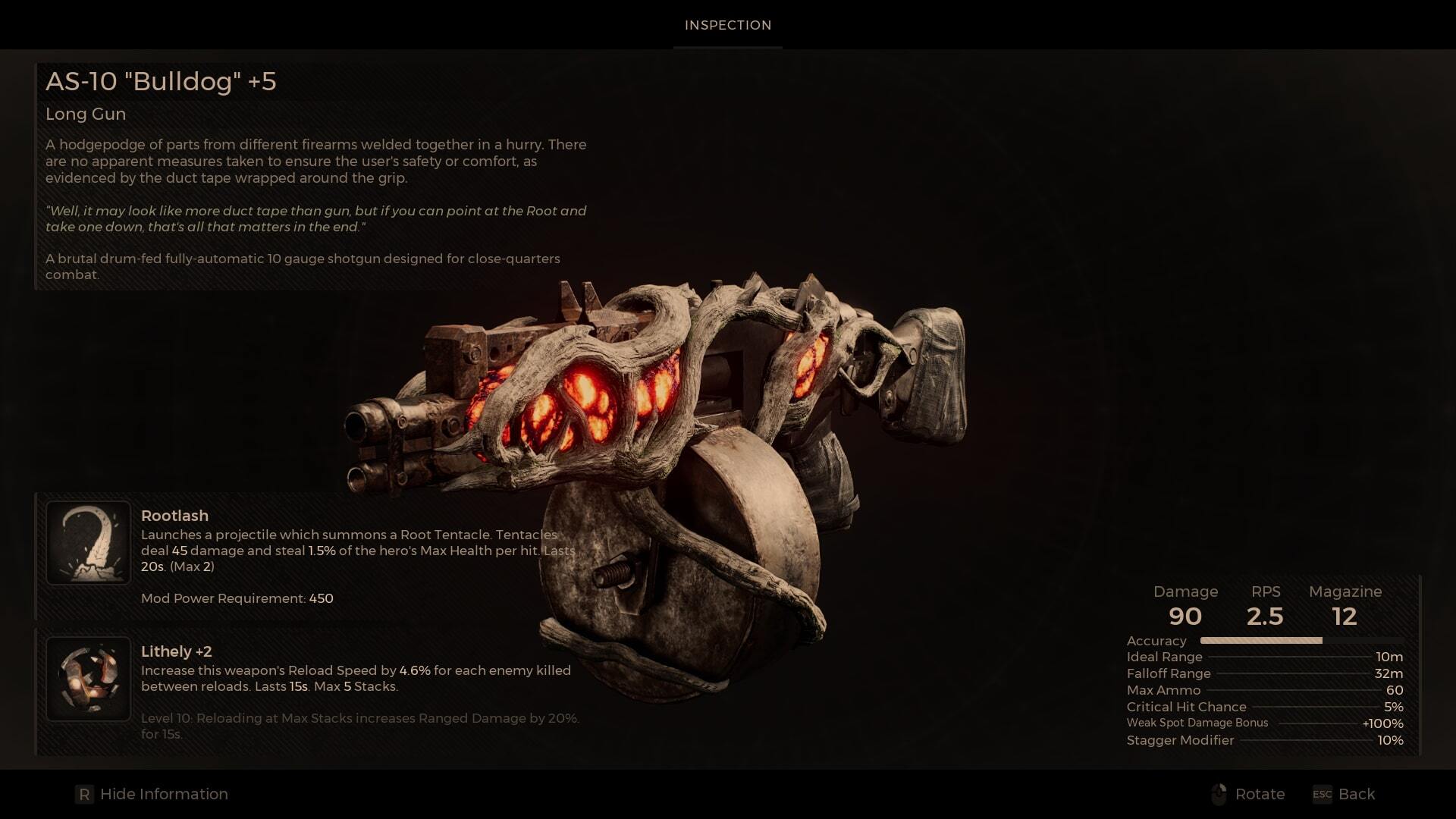
However, there is a certain flatness to elements of the game, as well. Certain NPCs in the hub world feel aggressively one-note, while the player character’s own voice lines are bland, made all the more grating by the frequency with which they’re repeated.
That said, the customization and decision trees inherent both in Soulsborne titles and looter-shooters are alive and well. Weapons can be modified, giving them secondary abilities which change their appearance, while characters themselves can be heavily customized through the trait system. As you explore more of Remnant 2’s worlds, you’ll gain access to more traits, often as a reward for defeating specific encounters. It allows for meaningful fine-tuning, in a way that’s rewarding.
The customization and decision trees inherent both in Soulsborne titles and looter-shooters are alive and well
Relics can also be heavily customized, allowing you to tweak your stats. Most of the equipment on offer provides players with far more pleasing improvements than your standard “plus 5 percent to damage”. Rings and amulets can massively change your playstyle, while weapons, though not plentiful, are sufficiently diverse.
The five character classes are distinct, too - though the fact that one of them is only available as a pre-order bonus did not impress me. The addition of co-op looter-shooter mechanics, including healing and buffs, is perhaps Remnant 2’s greatest strength, making for a co-op experience that’s genuinely novel. Though the clunkiness of the combat makes multiplayer interactions unreliable, it is assuredly satisfying when you’re able to outsmart a horde of baddies using teamwork.
For its significant flaws, Remnant 2 has a lot to give its players - just don’t go in expecting a polished experience.
Accessibility
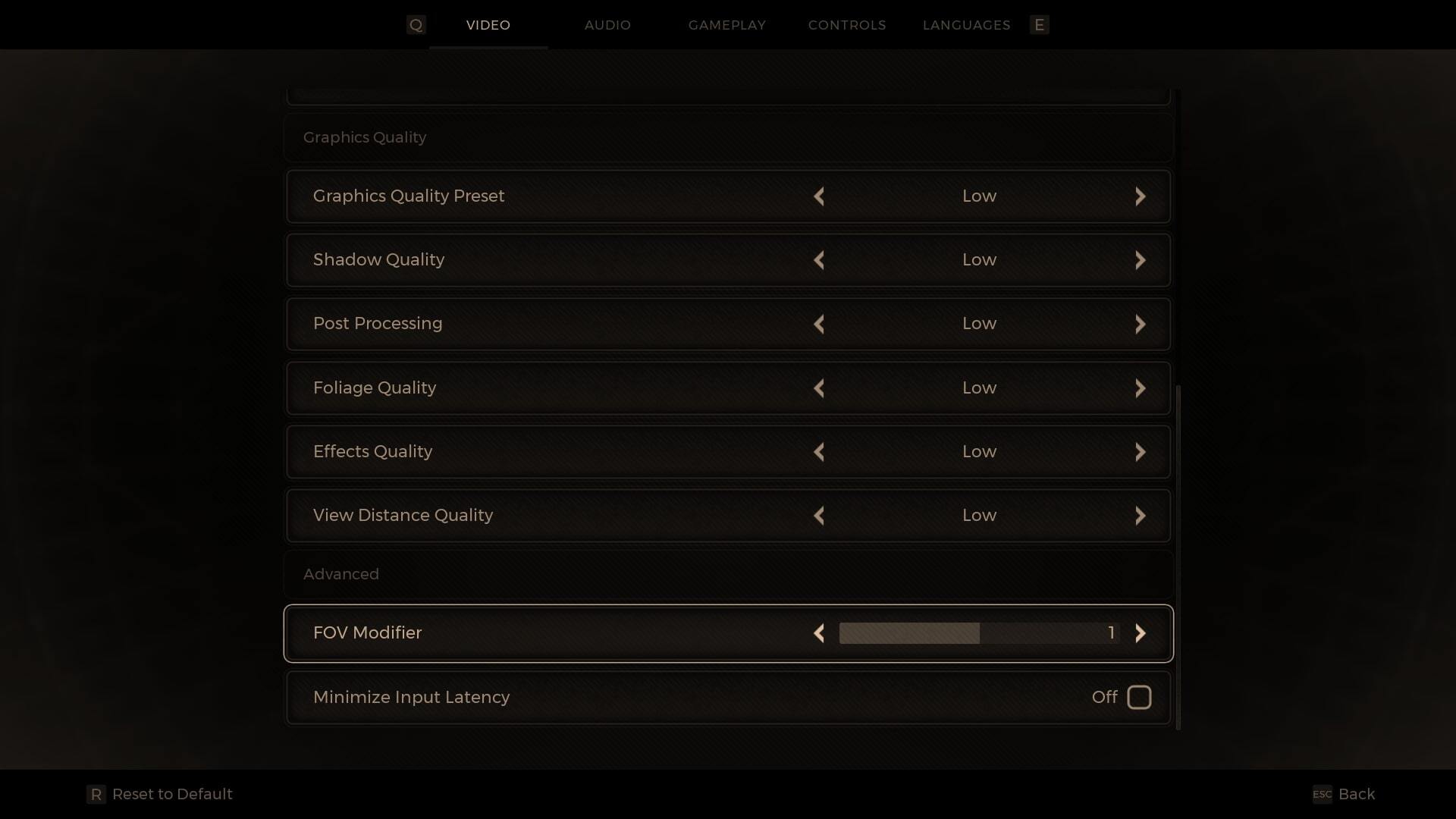
Remnant 2 offers relatively few accessibility options, though it does boast an FoV slider - a relief for those who suffer from motion sickness. The title also allows you to disable motion blur, which is also a blessing for those who like their gaming experience to be a little less fuzzy.
Unfortunately, this is the limit of Remnant 2’s accessibility tools. There is no colorblind support, nor adjustable sizes and colors for subtitles.
How we reviewed Remnant 2
Remnant 2 was reviewed over the course of 10 hours of play. Both single-player and multiplayer modes were tested, as were multiple playable classes. I also took the time to attempt boss encounters, as well as optional side content, and exploration. I also spent significant time with the character customization tools, to evaluate the extent to which players can adjust their character to fit their needs.
If you're in the market for a more solid co-op experience, check out our list of the best co-op games out there. Alternatively, if you're looking for something spooky, our collection of the best horror games will chill you to the core.







